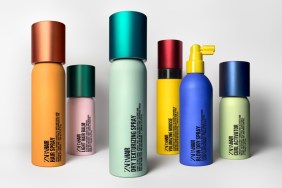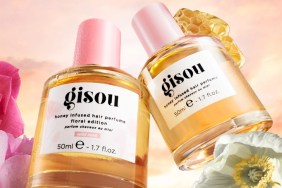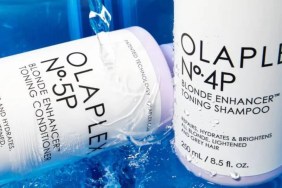Many women of color are reclaiming and embracing the beauty of their natural hair. They want to experience the versatility of their hair in its unprocessed state. The challenge for many of them is understanding how to properly manage and manipulate their hair’s inherent, complex texture.
When it comes to hair, however, it can’t be lumped into a one-size-fits-all category. Hair types run from 1A (pin straight) to 4C (very kinky). According to Dickey, a premier New York City hairstylist specializing in textured hair, author of Hair Rules!: The Ultimate Hair-Care Guide for Women with Kinky, Curly, or Wavy Hair and owner of the NYC salon Hair Rules, “You have to think of hair texture as you would skin type. You have dry skin, oily skin and combination skin. You wouldn’t treat dry skin the same way as you would oily skin and you shouldn’t treat hair the same way, either.”
For most women of color, hair falls into the 2A (loose waves) to 4C texture categories. Curly hair (3A to 3C) and kinky hair (4A to 4C) are all naturally drier textures. They require extreme hydration to keep them soft and manageable. As a result, these hair types have a natural tendency to tangle, become brittle and break. If improper hair care and thermal styling are added to the mix, the integrity of the hair can be further jeopardized, making it nearly impossible to see the true potential and beauty of the curly or kinky hair. “For textures that are naturally drier, the idea is to be able to gently clean your hair and detangle it while cleansing so that the new natural hair coming in is left softer and the relaxed hair is not dried out or damaged more than it already is,” says Dickey. “The most important thing is to make sure your hair is moisturized.”
Here, Dickey offers tips on how to continually look good while transitioning to your natural texture.
Winter Is the Best Time to Start
Commence the transition process during the winter months. The cute caps and hats you’ll sport during this time period can be a chic way to disguise the awkward transition period. Plus, during the colder months, you don’t have to deal with the hot and humid summer weather, which can contribute to hair frizziness and unruliness.
No More Relaxers
Nothing tragic or extreme has to happen. Just committing to no longer relaxing your hair is the most crucial step in the process.
No Suds Allowed
According to Dickey, using a non-sudsing, sulfate-free cleansing cream is key to keeping your hair soft. “Using traditional shampoos is like putting rubbing alcohol or gasoline on your hair. They were never meant for curly or kinky hair. Traditional shampoos employ suds that strip your hair of its natural oils, leaving hair hard and unmanageable.” But be cautious: Some sulfate-free labeled shampoos still sud so do your research before purchasing. Try Hair Rules No Suds Cleansing Cream ($32.99).
Moisturize, Moisturize, Moisturize
“Your whole regimen should be geared toward softening your hair. You need a conditioner that leaves your hair supple. Moisturizing ingredients to look for are shea butter, coconut oil and panthenol. They’re great because they keep the hair soft and super hydrated,” says Dickey.
Trim Your Hair Regularly
You should trim your hair regularly as it grows in, as you would normally, to rid your hair of split ends. But note: The big chop (cutting all the processed hair off all at once) is not necessary. “It’s more of a personal choice,” says Dickey. “The concept of the big chop is very scary to someone who isn’t interested in having short hair. It’s more of an option, but not necessary in the transitioning process.”
Handle Your Hair With Care
Care for your hair like you would your favorite cashmere sweater. The demarcation line where your natural and processed hair meets is very fragile so handle the area delicately. Soften your new growth and strengthen your relaxed bits as much as possible.
Shampoo, Detangle and Condition Your Hair in Sections
As more of your new growth grows in, the process of detangling your hair will become more challenging. “The sectioning process is more time-consuming, but it’s worth it. You will save your hair from a lot of breakage,” says Dickey.
Experiment With Protective Styles
Two strand, flat or braid twist outs are easy ways of blending your straight hair with your textured new growth. Dickey favors doing twist outs with flexi rods using lightweight, water-based mousses.
Smooth Your Hair the Easy Way
If your hair’s new growth is on the kinkier side, Dickey recommends avoiding roller sets after six weeks into the growing-out process. “The roots will be too dry and this will lead to breakage. Instead, blowdry the hair while it’s wet with a comb attachment. That way while your natural new growth is soft, it’ll be easier to smooth and straighten and there will be less damage and breakage.”








